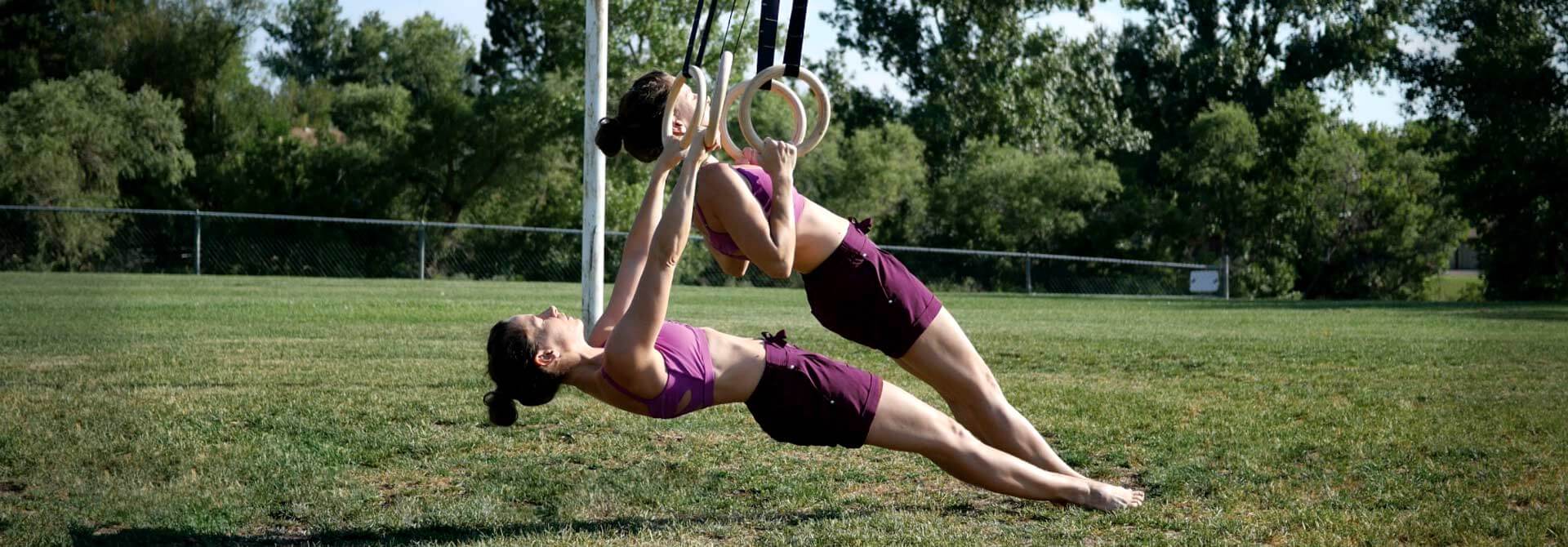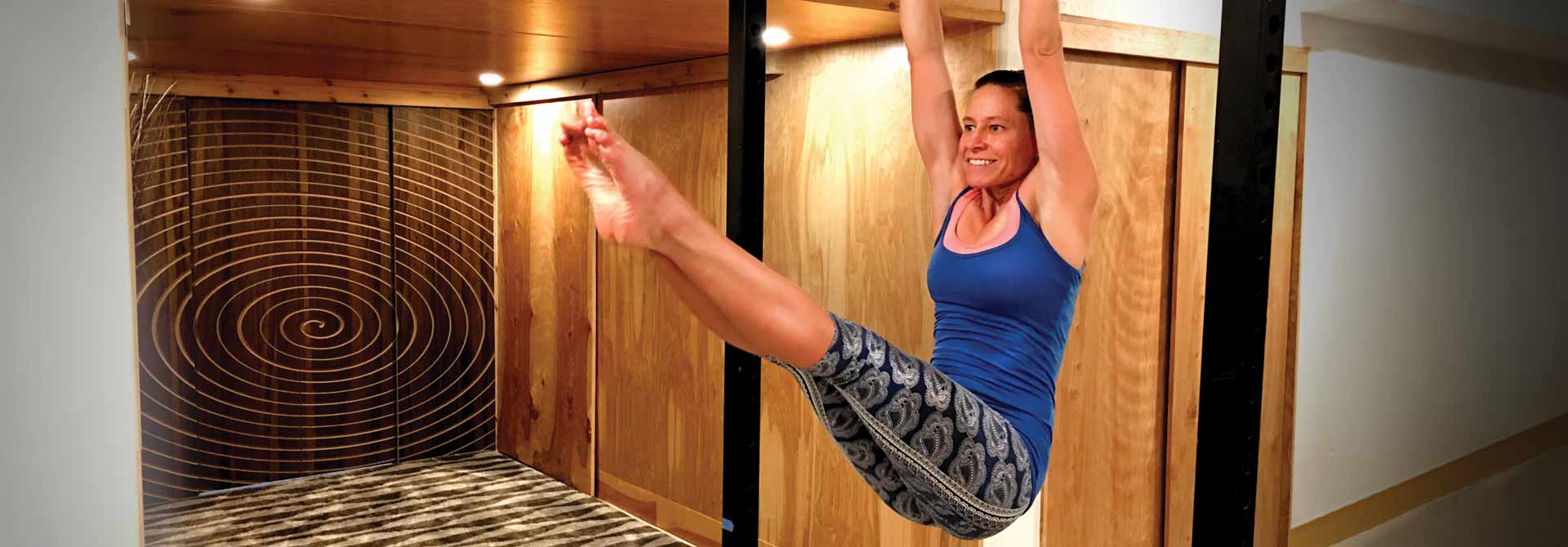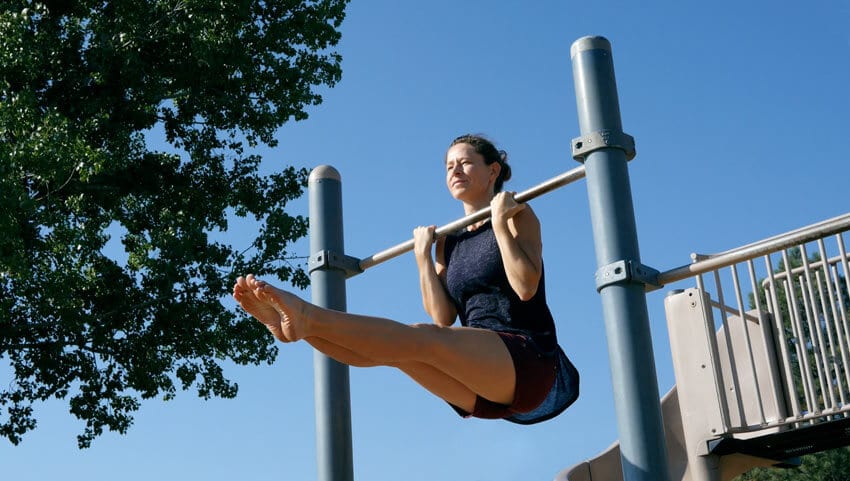4 Ways to Improve Your Pull-ups

Pull-ups are a very telling exercise. Without knowing anything about someone's level of fitness, if you see them knock out multiple reps of full range of motion, strict pull-ups, you can accurately guess that they are a pretty strong and athletic individual. GymnasticBodies training approaches pulling work in a specific order so, for those of you who are still working on mastering pull-ups, here are four of our pro tips to help you improve.
1. Focus on horizontal rowing exercises first.
While vertical pulling movements like chin-ups, pull-ups, muscle-ups, and rope climbs are awesome, you have to earn your right to be able to train them, and the way to do so is to focus on horizontal rowing exercises first. Ring rows allow you to build the same strength qualities as pull-ups, all while keeping your feet on the ground, thus providing a position of better leverage. Your shoulder retraction, elbow flexion, and grip strength will all benefit from spending time mastering body rows before jumping on the bar for chin-up work. Plus, by the time you are ready to work on front levers, you will be accustomed to spending time in a horizontal position on the rings.
2. Hang out on the bar for grip strength and shoulder mobility.
Oftentimes the most simple exercises get overlooked in favor of the fancier, sexier movements, and unfortunately, one drill that many people do not train is a basic hanging position. Hanging can have tremendous benefits to your grip strength and shoulder mobility, and these will both help improve your pull-ups by allowing you to train injury-free for longer. You can hang on a single bar in an overhand grip as shown above, and if you have access to stall bars, hanging with your back supported will further help open up your shoulder mobility.

3. Spend time at the top!
Now that you have focused on horizontal rowing exercises and hung out on the bar for grip strength and shoulder mobility, next up is to spend time at the top! For this static hold, assume an under-handed grip on a single bar and either jump or pull yourself all the way up to the top. Pull your shoulder blades back and down, close your elbows fully so that your biceps contact your forearms, and squeeze the bar firmly to engage your grip. From here... just hold! This is another simple exercise that will reap huge benefits to your pull-up strength. Try to build up to sets of 60-second hangs; your pull-ups will thank you later!

4. Vary your grip position to prevent stagnation.
Be sure to vary your grip position over time in order to prevent stagnation. If you have been focusing on over-handed, pronated grip pull-ups for three full months, for instance, then switch to under-handed, supinated-grip chin-ups for your next workout. Even this tiny change of orientation will help recruit different muscles and build strength in slightly new ways. Another grip to consider is a neutral position where your palms are facing one another, something which is easily done by using a pair of gymnastics rings. This semi-supinated grip allows you to pull in a straighter line, plus it is also the angle you will use when you progress to muscle-ups down the road.
Key Points
- If your goal is to master strict pull-ups, then focus on horizontal rowing exercises like ring rows first.
- Spend time hanging on the bar to improve both your grip strength and shoulder mobility.
- The bent-arm chin hang exercise is a potent stimulus to strengthen the top position of your chin-up.
- Vary your grip position over time in order to prevent stagnation and continue making progress.
As always, enjoy your bodyweight training, work hard, and keep cranking on these GymnasticBodies strength training progressions!

